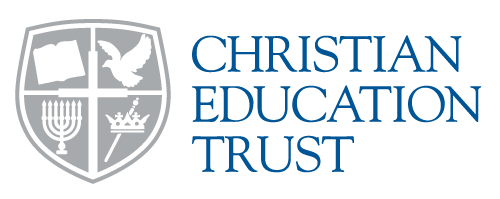
Birds / Swallow
Information for Juniors
Swallow
- Common throughout NZ
- Introduced to NZ in 1900’s
- Small, fast flying bird that is noted for its swift darting circular flights.
- Graceful and often alone
- Feathers on the upper side are metallic blue/black light grey on the breast and belly and rust coloured forehead
- Often has white spots on individual feathers
- Has a long, forked tail
- Swallows live close to coastal and wetlands but has adapted to suburban life as well
- During winter they seek warmer climes
- Breeding season is from August to March
- The nest is an open cup made of mud and grass with both male and female assisting to build it
- The nests interior us lined with feathers
- 3 -5 eggs are laid per brood – 2 broods per year
- Eggs are pinkish in colour with brown speckles
- The female incubates the eggs which hatch in 3 weeks
- Both parents feed the young who spend about 3 weeks in the nest
- Fledglings are completely independent after about 1 month
- Young birds can breed after a year
- A male and female stay together
- Swallows often return to their old nests each year
- The birds feed on insects
- They swoop low to the ground and catch the insects in flight
- Often swallows scoop water while flying when thirsty
- Their predators include hawks and cats, rats and stoats love the eggs
- They always work as a flock for safety reasons


Information for Junior Secondary
Swallow
- Common throughout NZ
- Introduced to NZ in 1900’s
- Small, fast flying bird that is noted for its swift darting circular flights.
- Graceful and often alone
- Feathers on the upper side are metallic blue/black light grey on the breast and belly and rust coloured forehead
- Often has white spots on individual feathers
- Has a long, forked tail
- Swallows live close to coastal and wetlands but has adapted to suburban life as well
- During winter they seek warmer climes
- Breeding season is from August to March
- The nest is an open cup made of mud and grass with both male and female assisting to build it
- The nests interior us lined with feathers
- 3 -5 eggs are laid per brood – 2 broods per year
- Eggs are pinkish in colour with brown speckles
- The female incubates the eggs which hatch in 3 weeks
- Both parents feed the young who spend about 3 weeks in the nest
- Fledglings are completely independent after about 1 month
- Young birds can breed after a year
- A male and female stay together
- Swallows often return to their old nests each year
- The birds feed on insects
- They swoop low to the ground and catch the insects in flight
- Often swallows scoop water while flying when thirsty
- Their predators include hawks and cats, rats and stoats love the eggs
- They always work as a flock for safety reasons


Information for Senior Secondary
Swallow
- Common throughout NZ
- Introduced to NZ in 1900’s
- Small, fast flying bird that is noted for its swift darting circular flights.
- Graceful and often alone
- Feathers on the upper side are metallic blue/black light grey on the breast and belly and rust coloured forehead
- Often has white spots on individual feathers
- Has a long, forked tail
- Swallows live close to coastal and wetlands but has adapted to suburban life as well
- During winter they seek warmer climes
- Breeding season is from August to March
- The nest is an open cup made of mud and grass with both male and female assisting to build it
- The nests interior us lined with feathers
- 3 -5 eggs are laid per brood – 2 broods per year
- Eggs are pinkish in colour with brown speckles
- The female incubates the eggs which hatch in 3 weeks
- Both parents feed the young who spend about 3 weeks in the nest
- Fledglings are completely independent after about 1 month
- Young birds can breed after a year
- A male and female stay together
- Swallows often return to their old nests each year
- The birds feed on insects
- They swoop low to the ground and catch the insects in flight
- Often swallows scoop water while flying when thirsty
- Their predators include hawks and cats, rats and stoats love the eggs
- They always work as a flock for safety reasons


Activities
- Do a pastel drawing of a male and a female swallow
- Locate a swallow’s nest and photograph it
- On an A4 sheet describe the swallows nest in detail
